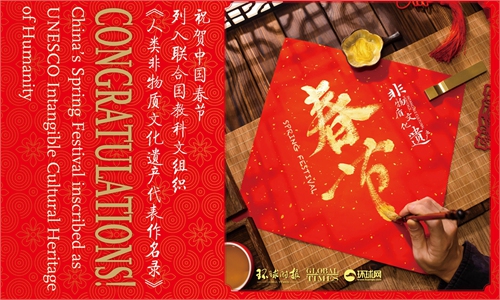Worth the effort: A restaurant worker inspecting a freezer to ensure raw items are stored correctly. — FAIHAN GHANI/The StarPETALING JAYA: Contaminated refrigerators pose significant health risks, including food-borne illnesses and exposure to harmful chemicals, warns a health expert.
Prof Dr Mohd Hasni Jaafar, a public health specialist at Universiti Kebangsaan Malaysia (UKM), said contaminated refrigerators carry microbiological and chemical risks that can have severe health consequences.
“Biological risks are particularly concerning, as they can lead to illnesses such as listeriosis, salmonellosis, E. coli infections and mould-related conditions,” he said when contacted.
He said Listeria bacteria often grow with poor temperature regulation, leading to contamination spreading in refrigerator interiors.
Salmonella is typically linked to unclean raw meat and eggs, and E. coli contamination can occur when cooked and uncooked foods come into contact, he added.
The health implications of these risks can be severe, ranging from food poisoning, characterised by vomiting and diarrhoea, to allergic reactions from mould spores.
“Some moulds can even cause liver damage,” Prof Mohd Hasni said, adding that chemical contamination, which is often overlooked, is another significant risk.
Food packaging materials, particularly newspapers used to wrap vegetables, fish or meat, can expose consumers to harmful substances.
“Newspapers may contain heavy metals like cadmium and lead, commonly found in printing pigments and solvents.
“Prolonged exposure, even at low doses, is associated with chronic non-communicable diseases,” he said.
Therefore, maintaining a clean refrigerator is crucial to preventing cross-contamination during food storage.
Prof Mohd Hasni said while newer refrigerators with proper temperature regulation may require less frequent cleaning, signs such as visible stains, temperature fluctuations or pest infestations are a signal for immediate attention.
In Malaysia, there isn’t a universal protocol for refrigerator cleaning, he said.
However, the Health Ministry’s Food Safety Regulation (2009) requires food establishments to adhere to strict hygiene guidelines, ensuring refrigerators and freezers are clean, well maintained and fit for purpose.
Prof Mohd Hasni said cold-stored foods must be kept at specific temperatures – below 4°C for chilled items and below -18°C for frozen goods.
He added that the US Centers for Disease Control and Prevention (CDC) provide a detailed five-step protocol for cleaning refrigerators.
This includes disposing of spoiled food, emptying the refrigerator, cleaning removable parts and the interior, as well as reassembling and restocking clean parts.
“This process is particularly critical when dealing with spoiled food, contamination from animal blood, or mould growth,” he said.
Routine inspections by health officers, he said, play a key role in maintaining food safety, especially in densely populated areas.
Inspections may occur monthly or yearly, depending on the location, or in response to food quality complaints or poisoning incidents.
During inspections, he said, several critical aspects are assessed, including refrigerator and freezer cleanliness, temperature control, and food storage practices.
“These inspections use a demerit-based evaluation system, with specific attention to refrigerator and freezer hygiene,” said Prof Mohd Hasni, adding that regulations require freezers to maintain temperatures below 0°C to ensure food safety.
For veteran restaurateur Zainun Rahman, 64, the cleanliness of refrigerators and freezers reflects a restaurant’s dedication.
“Keeping fridges and freezers clean isn’t just about meeting regulations. It’s essential for food quality and trust,” she said.
Her restaurant follows a strict weekly cleaning routine, which includes removing stains, checking for spoiled items, sanitising surfaces and ensuring proper food storage to prevent cross-contamination.
“Temperature control is key,” Zainun said, adding that her team monitors refrigerators and freezers daily to maintain optimal levels – below 4°C for chilled items and below -18°C for frozen goods. Regular maintenance, like checking door seals, helps avoid issues.
“It’s not just about avoiding fines; clean equipment ensures safe, high-quality food and reduces energy costs,” she added.
Restaurant owner Mohd Azmi Yusuf, 51, said his emphasis on clean refrigeration stems from a bad experience at a previous workplace, where poor hygiene practices led to food spoilage and contamination.
“When I opened my own restaurant, I promised never to let that happen.
“Customers might not see the effort, but they can taste the difference,” he said, stressing that trust starts behind the kitchen doors.
Source link
Related:
'Taking cleanliness for granted may be our downfall' | The Star








